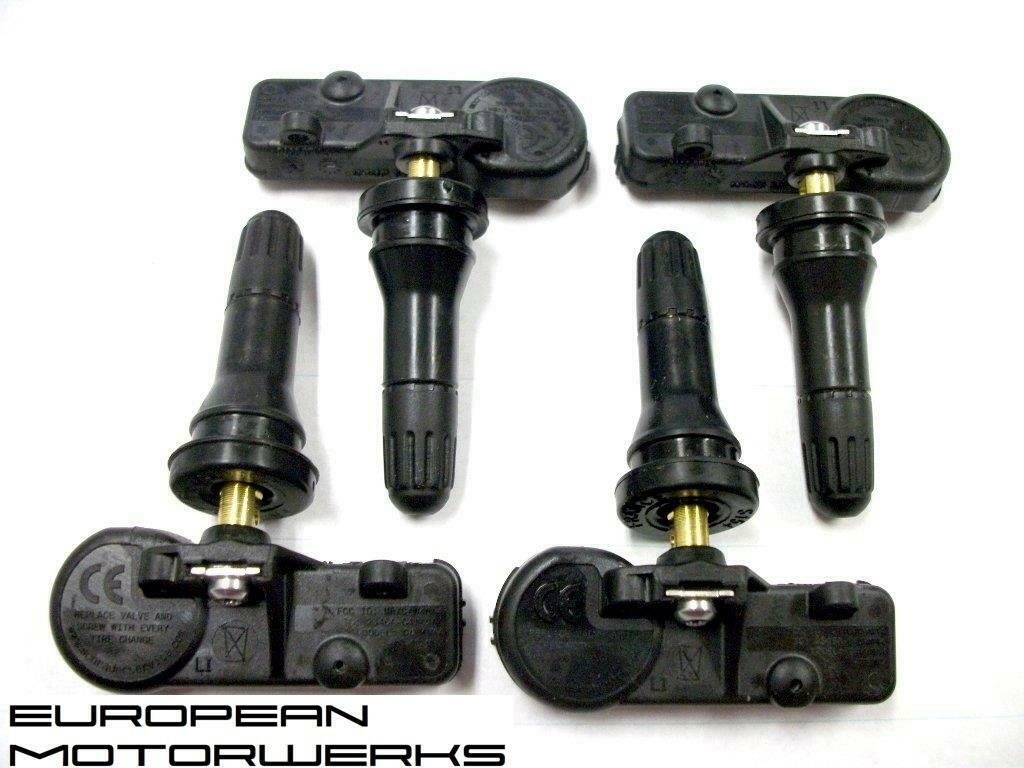


Kubectl get events -sort-by=.metadata.creationTimestampġ7m Normal Scheduled pod/mssql-deployment-2017-8698fb8bf5-clrbx Successfully assigned default/mssql-deployment-2017-8698fb8bf5-clrbx to aks-agentpool-43452558-0ġ7m Warning EvictionThresholdMet node/aks-agentpool-43452558-0 Attempting to reclaim memoryġ7m Normal SuccessfulCreate replicaset/mssql-deployment-2017-8698fb8bf5 Created pod: mssql-deployment-2017-8698fb8bf5-clrbxġ7m Normal SuccessfulCreate replicaset/mssql-deployment-2017-8698fb8bf5 Created pod: mssql-deployment-2017-8698fb8bf5-ln8ztġ7m Normal Killing pod/mssql-deployment-2017-8698fb8bf5-p2mvm Stopping container mssqlġ7m Warning Evicted pod/mssql-deployment-2017-8698fb8bf5-54k6k The node had condition. Mssql-deployment-2017-8698fb8bf5-wpgcx 0/1 Evicted 0 8m22s What Just Happened? 1 has a Status of Running and the remainder have are Evicted. Let’s look at why.įirst thing’s first, let’s check the Pods status with kubectl get pods. Then while monitoring the workload…boom HammerDB throws connection errors and crashes. With that Pod deployed, I loaded up a HammerDB TPC-C test with about 10GB of data and drove a workload against our SQL Server. Type: LoadBalancer Running a Workload Against our Pod…then BOOM! In the yaml below, we’re using a Deployment to run one SQL Server Pod with a PersistentVolumeClaim for our instance directory and also frontending the Pod with a Service for access. Let’s deploy SQL Server in a Pod without any resource limits. I’m running these demos in Azure Kubernetes Service (AKS), but these concepts apply to any SQL Server environment running in Kubernetes. In this post, we’re going to dig into why you need to configure resource limits in your SQL Server’s Pod Spec when running SQL Server workloads in Kubernetes. If that seems excessive, try to check your tire pressure at least once a month.People often ask me what’s the number one thing to look out for when running SQL Server on Kubernetes…the answer is memory settings. Keep a handheld pressure gauge in your car and you can perform a quick check while you’re filling up.
#RAM PRESSURE SETTINGS DRIVERS#
Many smart drivers check their tire pressure every time they fill up their gas tank. How Often Should You Check Tire Pressure? Underinflation can even cause tires to become misaligned, with comes with it’s own variety of problems. Tires that are underinflated can make your vehicle quiver and shake, which is not a pleasant driving experience. Your steering wheel is shaking or vibrating.If you notice that one or all of your tires are wearing out faster than usual, it may be because they’re underinflated.

When a tire isn’t inflated properly, it wears down more quickly. You may even find that it takes longer to brake. When your tires are underinflated, your ride can be less smooth than usual.

Your car isn’t handling as well as it usually does.Instead, watch for these signs and symptoms of tires that are underinflated. Of course, you could carry a gauge around at all times to measure the pressure, but that’s not exactly convenient. Often, it’s hard to spot an underinflated tire until it’s too late – in other words, it’s completely flat.


 0 kommentar(er)
0 kommentar(er)
